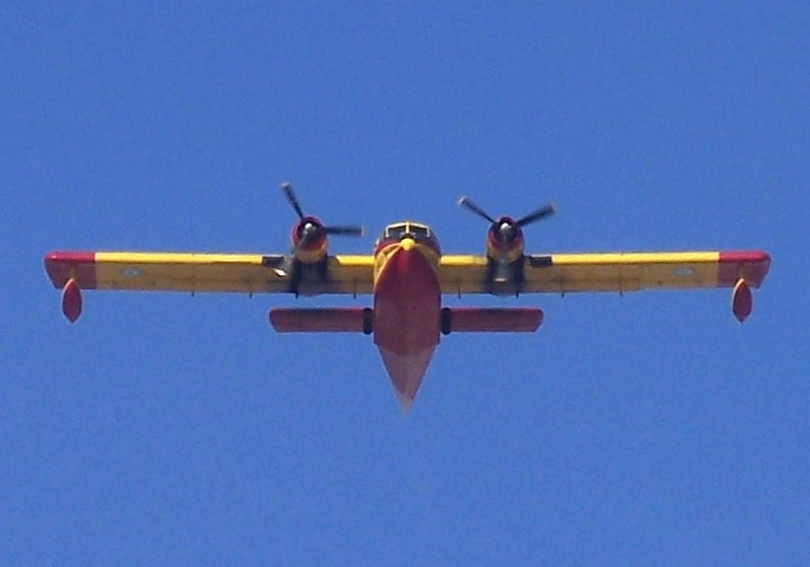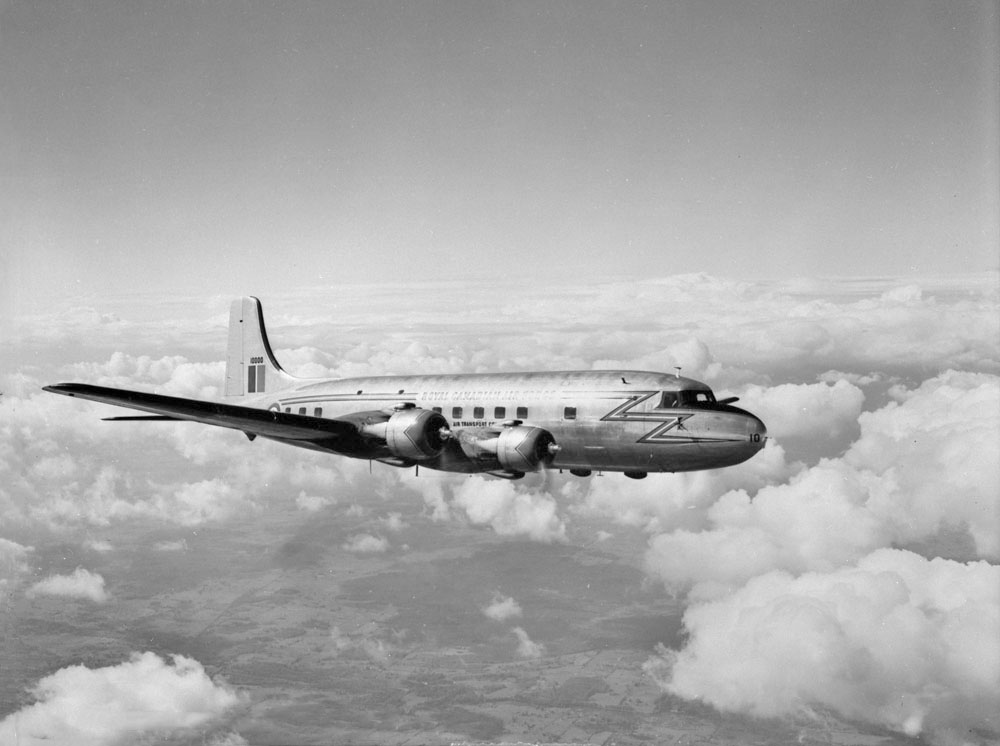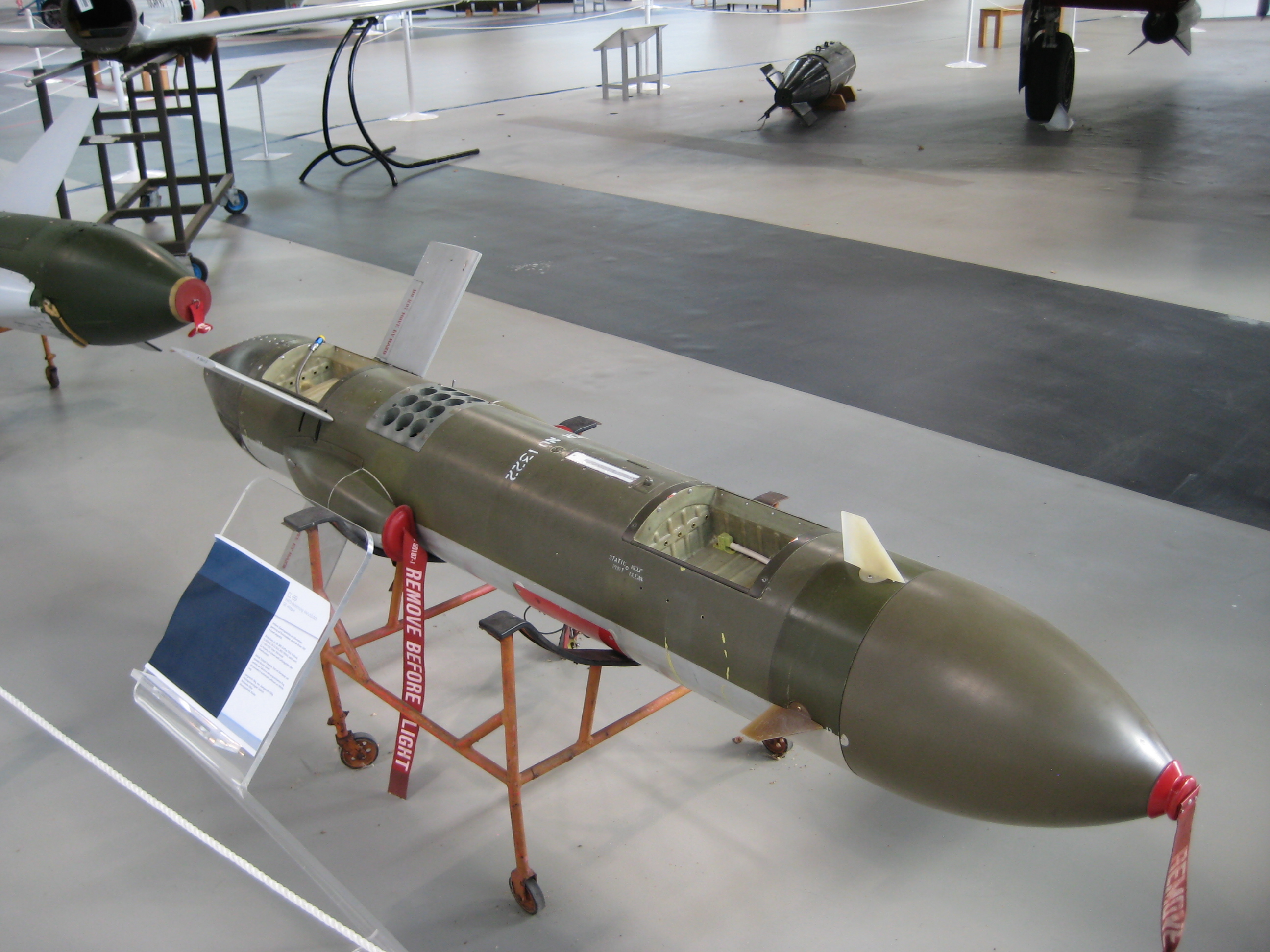|
Canadair
Canadair Ltd. was a civil and military aircraft manufacturer in Canada. In 1986, its assets were acquired by Bombardier Aerospace, the aviation division of Canadian transport conglomerate Bombardier Inc. Canadair's origins lie in the establishment of a factory for Canadian Vickers in the Saint-Laurent borough of Montreal, at Cartierville Airport. It was created as a separate entity by the government of Canada on 11 November, 1944. Throughout much of its existence, it was a subsidiary of various other aircraft manufacturers prior to being nationalized by the Canadian government in 1976. For a decade, the company operated as a federally-owned Crown Corporation. In 1986, Canadair was privatized via its sale to Bombardier, after which it became a core element of the firm's aerospace division. The company's former principal manufacturing facility, ''Canadair Plant One'', remains intact to the present day, although Cartierville Airport itself has been closed and since undergone ... [...More Info...] [...Related Items...] OR: [Wikipedia] [Google] [Baidu] |
Canadair Sabre
The Canadair Sabre is a jet fighter aircraft built by Canadair under licence from North American Aviation. A variant of the North American F-86 Sabre, it was produced until 1958 and used primarily by the Royal Canadian Air Force (RCAF) until replaced with the Canadair CF-104 in 1962. Several other air forces also operated the aircraft. There were two major production runs of the aircraft. The first, the Mk. 2 and Mk. 4's with just under 1,000 built, were very similar to their US counterparts, differing only in minor details. The second run, the Mk. 5's and Mk. 6's of similar numbers, were patterned on the later versions of the US Sabre with larger wings for improved maneuverability while replacing the original General Electric J47 engine with the locally-designed more-powerful Avro Canada Orenda. The last of the Canadair Sabres in front-line operation were in Pakistan, whose AIM-9 Sidewinder equipped Mk. 6 models were the backbone of their air force during the Indo-Pakista ... [...More Info...] [...Related Items...] OR: [Wikipedia] [Google] [Baidu] |
Canadair CL-215
The Canadair CL-215 (Scooper) is the first model in a series of flying boat amphibious aircraft designed and built by Canadian aircraft manufacturer Canadair, and later produced by Bombardier. It is one of only a handful of large amphibious aircraft to have been produced in large numbers during the post-war era, and the first to be developed from the onset as a water bomber. The CL-215 is a twin-engine, high-wing aircraft, that was designed during the 1960s. From an early stage, it was developed to perform aerial firefighting operations as a water bomber; to operate well in such a capacity, it can be flown at relatively low speeds and in high gust-loading environments, as are typically found over forest fires. It can also be used for other missions types, including passenger services, freight transport, and air-sea search and rescue operations. On 23 October 1967, the first prototype performed its maiden flight, and the first production aircraft was handed over during June 19 ... [...More Info...] [...Related Items...] OR: [Wikipedia] [Google] [Baidu] |
Canadair CL-44
The Canadair CL-44 was a Canadian turboprop airliner and cargo aircraft based on the Bristol Britannia that was developed and produced by Canadair in the late 1950s and early 1960s. Although innovative, only a small number of the aircraft were produced for the Royal Canadian Air Force (RCAF) (as the CC-106 Yukon), and for commercial operators worldwide. The aircraft is named after the Canadian territory of Yukon. Design and development In the 1950s, Canadair acquired a licence to build the Bristol Britannia airliner. Their first use of it was to build the heavily modified Canadair CL-28 Argus patrol aircraft (RCAF designation CP-107) that combined the Britannia's wings and tail sections with a new fuselage and engines. The resulting aircraft had lower speed and service ceiling, but it had two bomb bays and greatly extended loiter times. The RCAF required a replacement for its C-54GM North Star, itself an extensive redesign of the Douglas C-54 Skymaster. Among many changes, t ... [...More Info...] [...Related Items...] OR: [Wikipedia] [Google] [Baidu] |
DC-4M
The Canadair North Star is a 1940s Canadian development, for Trans-Canada Air Lines (TCA), of the Douglas DC-4. Instead of radial piston engines used by the Douglas design, Canadair used Rolls-Royce Merlin V12 engines to achieve a higher cruising speed of compared with the of the standard DC-4. Requested by TCA in 1944, the prototype flew on 15 July 1946. The type was used by various airlines and by the Royal Canadian Air Force (RCAF). It proved to be reliable but noisy when in service through the 1950s and into the 1960s. Some examples continued to fly into the 1970s, converted to cargo aircraft. Design and development Canadair Aircraft Ltd. took over the Canadian Vickers Ltd. operations on 11 November 1944. Besides the existing Consolidated PBY Canso flying patrol boats in production, a development contract to produce a new variant of the Douglas DC-4 transport was still in effect. The new Canadair DC-4M powered by Rolls-Royce Merlin engines mounted in Rolls-Royce Univer ... [...More Info...] [...Related Items...] OR: [Wikipedia] [Google] [Baidu] |
Canadair CL-84 Dynavert
The Canadair CL-84 "Dynavert", designated by the Canadian Forces as the CX-131, was a V/STOL turbine tiltwing monoplane designed and manufactured by Canadair between 1964 and 1972. Only four of these experimental aircraft were built with three entering flight testing. Two of the CL-84s crashed due to mechanical failures, with no fatalities occurring in either of the accidents. Despite the CL-84 being successful in the experimental and operational trials carried out between 1972 and 1974, none of the prospective customers placed any orders for the type. Development Between 1957 and 1963, Canadair carried out research in VTOL (vertical takeoff and landing) technology with the assistance of the National Research Board (NRB) and the Defense Research Board (DRB) of Canada. The studies pointed the way to a unique tilt-wing design. The wing and the powerplants of the aircraft could be tilted hydro-mechanically (recirculating ball actuator) so that the wing incidence changed through 10 ... [...More Info...] [...Related Items...] OR: [Wikipedia] [Google] [Baidu] |
Bristol Britannia
The Bristol Type 175 Britannia is a retired British medium-to-long-range airliner built by the Bristol Aeroplane Company in 1952 to fly across the Commonwealth. During development two prototypes were lost and the turboprop engines proved susceptible to inlet icing, which delayed entry into service while solutions were sought. By the time development was completed, "pure" jet airliners from France, the United Kingdom, and the United States were about to enter service, and consequently, only 85 Britannias were built before production ended in 1960. Nevertheless, the Britannia is considered one of the landmarks in turboprop-powered airliner design and was popular with passengers. It became known as "The Whispering Giant" for its quiet exterior noise and smooth flying, although the passenger interior remained less tranquil. [...More Info...] [...Related Items...] OR: [Wikipedia] [Google] [Baidu] |
Canadian Vickers
Canadian Vickers Limited was an aircraft and shipbuilding company that operated in Canada during the early part of the 20th century until 1944. A subsidiary of Vickers Limited, it built its own aircraft designs as well as others under licence. Canadair absorbed the Canadian Vickers aircraft operations in November 1944. Shipbuilding In 1907 British shipbuilding and weapons manufacturing conglomerate Vickers Sons & Maxim began investigating possible locations for a shipyard in Montreal.Linteau 1985, p. 84 Vickers Sons & Maxim intended to use the shipyard as a repair facility for transatlantic shipping traffic entering Montreal.Pritchard 2011, p. 51 Vickers Sons & Maxim was invited by the Government of Canada in 1911 to establish a Canadian division to manufacture vessels for the nascent Royal Canadian Navy. According to naval historian Marc Milner, "the Harbour Commission and the city of Maisonneuve offered Vickers a first-class location" to establish the yard, and "an ex ... [...More Info...] [...Related Items...] OR: [Wikipedia] [Google] [Baidu] |
Canadair CL-89
The Canadair CL-89 is a surveillance drone (UAV) produced jointly by Canada, Britain and West Germany in the 1960s. A larger and improved model with a greater payload, the CL-289, was later introduced. History CL-89 In June 1963, a sponsorship by Canada and Britain agreed to have Canadair design, evaluate and test the CL-89 drone. The concept had been developed at Canadair from the CL-85, a study for the carriage of dispatches. West Germany later joined the group, and although the United States was invited to join, they declined. The first, less than successful flight was made at Yuma, Arizona in March 1964. The British wanted changes in the system (consisting of the drone, the launcher, the retrieval equipment and the support) to be "Soldier Proof". They sent an army officer to Canadair and with his help set up a maintenance advisory group which had excellent results. CL-89 had a difficult development and was almost abandoned. The first complete CL-89 system was supplied t ... [...More Info...] [...Related Items...] OR: [Wikipedia] [Google] [Baidu] |
Cartierville Airport
Cartierville Airport (formerly ) was an airport in Saint-Laurent, Quebec, now a borough of Montreal. The airport (Bois-Franc Field when it opened in 1911 and during World War I) was decommissioned in 1988 and turned into the Bois-Franc neighbourhood. It was located next to Route 117 (now Boul. Marcel Laurin, formerly Laurentian Blvd.) and the terminal buildings were accessed via Boul. Henri-Bourassa (formerly Rue Bois Franc), near the present Bois-Franc Train Station on the Deux Montagnes Commuter Rail Line. As the 10/28 runway's threshold was very close to Bois-Franc Boulevard (now Boul. Henri-Bourassa West), a traffic light was installed and automobile traffic was stopped by Air Traffic Control whenever a plane was about to take off from runway 28 or land on runway 10. In 1928 Reid Aircraft Company (and shortly by Curtiss Aeroplane & Motor Company as Curtiss-Reid) opened a plant to make Curtiss-Reid Rambler, then in 1935 Noorduyn opened an aircraft plant followed by Ca ... [...More Info...] [...Related Items...] OR: [Wikipedia] [Google] [Baidu] |
Royal Canadian Air Force
The Royal Canadian Air Force (RCAF; french: Aviation royale canadienne, ARC) is the air and space force of Canada. Its role is to "provide the Canadian Forces with relevant, responsive and effective airpower". The RCAF is one of three environmental commands within the unified Canadian Armed Forces. As of 2020, the Royal Canadian Air Force consists of 12,074 Regular Force and 1,969 Primary Reserve personnel, supported by 1,518 civilians, and operates 258 manned aircraft and nine unmanned aerial vehicles. Lieutenant-General Eric Kenny is the current commander of the Royal Canadian Air Force and chief of the Air Force Staff. The Royal Canadian Air Force is responsible for all aircraft operations of the Canadian Forces, enforcing the security of Canada's airspace and providing aircraft to support the missions of the Royal Canadian Navy and the Canadian Army. The RCAF is a partner with the United States Air Force in protecting continental airspace under the North American Aerospac ... [...More Info...] [...Related Items...] OR: [Wikipedia] [Google] [Baidu] |
Rolls-Royce Merlin
The Rolls-Royce Merlin is a British liquid-cooled V-12 piston aero engine of 27-litres (1,650 cu in) capacity. Rolls-Royce designed the engine and first ran it in 1933 as a private venture. Initially known as the PV-12, it was later called '' Merlin'' following the company convention of naming its four-stroke piston aero engines after birds of prey. After several modifications, the first production variants of the PV-12 were completed in 1936. The first operational aircraft to enter service using the Merlin were the Fairey Battle, Hawker Hurricane and Supermarine Spitfire. The Merlin remains most closely associated with the Spitfire and Hurricane, although the majority of the production run was for the four-engined Avro Lancaster heavy bomber. A series of rapidly-applied developments, brought about by wartime needs, markedly improved the engine's performance and durability. Starting at 1,000 hp for the first production models, most late war versions produced ... [...More Info...] [...Related Items...] OR: [Wikipedia] [Google] [Baidu] |






